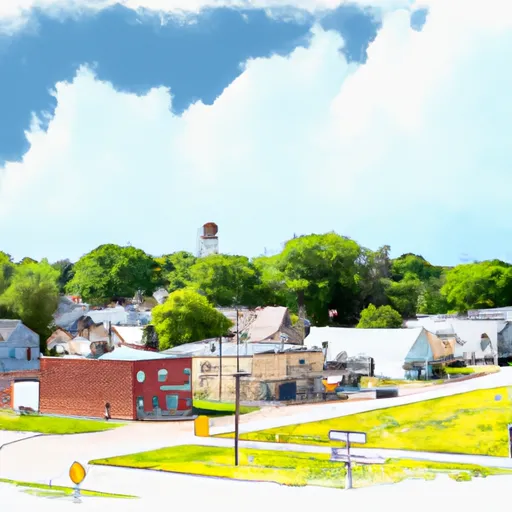°F
°F
mph
Windspeed
%
Humidity











Inwood, Iowa is a charming small town located in Lyon County in the northwestern part of the state. The climate in Inwood is typical of the Midwestern region, characterized by warm summers and cold winters. The area experiences a moderate amount of precipitation throughout the year.
In terms of hydrology constituents, Inwood is situated near the beautiful Big Sioux River. The river is a popular spot for fishing enthusiasts, offering opportunities to catch a variety of fish species such as catfish, walleye, and northern pike. Outdoor enthusiasts can also enjoy boating, kayaking, and canoeing on the river.
Additionally, Inwood is surrounded by picturesque natural landscapes, making it an ideal destination for outdoor recreation. The area boasts several parks and trails where visitors can hike, bike, and enjoy picnicking. Residents and visitors alike can also take advantage of the numerous camping areas and RV parks in the vicinity, offering a chance to reconnect with nature.
Inwood, Iowa provides both residents and visitors with a serene environment to appreciate the beauty of nature and engage in a variety of outdoor activities throughout the year.
Weather Forecast
Inwood receives approximately 690mm of rain per year, with humidity levels near 81% and air temperatures averaging around 8°C. Inwood has a plant hardyness factor of 4, meaning plants and agriculture in this region thrive during a short period during spring and early summer. Most plants will die off during the colder winter months.



